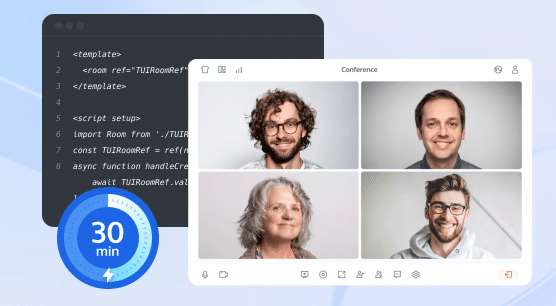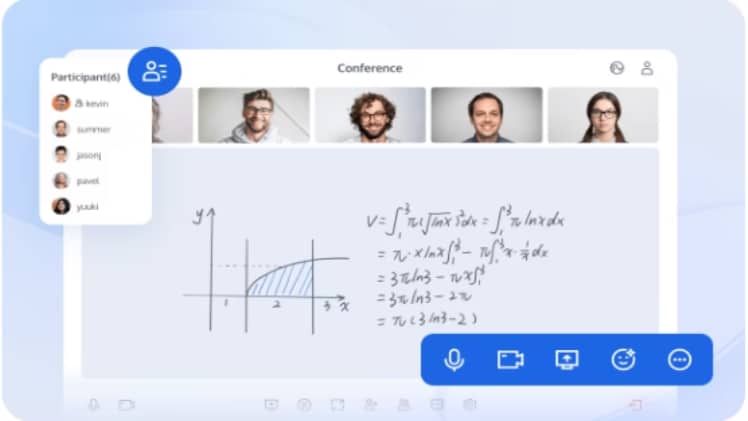Video conferencing has become the cornerstone of remote work and communication in today’s digital landscape. But let’s face it, a pixelated image and choppy audio can quickly turn a productive meeting into a frustrating experience. To ensure seamless communication and a positive impression, optimizing video conferencing quality is crucial. Here’s a comprehensive guide to elevate your video calls and leave a lasting impression.
Mastering the Art of the Video Call
You can elevate your video conferencing experience with Tencent RTC. You can make your own video conferencing app with it to seamlessly integrate high-definition video and audio calls into your web and mobile applications. Furthermore, Tencent RTC offers value-added features like real-time beautification filters and the ability to integrate chat functionalities, making your online meetings more engaging and productive. Here are more tips to optimize quality in video conferencing:
Setting the Stage: Network and Equipment
The foundation of a high-quality video call lies in a strong and stable internet connection. Aim for a wired Ethernet connection whenever possible. This provides a consistent signal compared to the fluctuations of Wi-Fi. If Wi-Fi is your only option, move closer to your router and minimize interference from other wireless devices. Additionally, check your internet speed using online tools. Most video conferencing platforms recommend minimum upload and download speeds for optimal performance.
Software Optimization and Settings
Most video conferencing platforms offer a range of settings to adjust video and audio quality. Explore these options before your call to optimize your experience. You can often adjust the video resolution (balancing quality with bandwidth usage) and frame rate (for smoother motion).
Many platforms also offer noise cancellation features that can significantly improve audio quality, especially in environments with background noise. Experiment with these settings and find the sweet spot that delivers clear communication without overwhelming your internet bandwidth.
Optimizing During the Call: Etiquette and Best Practices
As video conferencing continues to play a crucial role in remote work and global connectivity, striving for optimal quality remains paramount for achieving successful outcomes in virtual interactions.
Here are some key practices to maintain high-quality communication during your video call:
- Mute Yourself When Not Speaking: Background noise like typing or coughing can be distracting for others. Mute your microphone when you’re not actively contributing to the conversation.
- Minimize Background Distractions: Close unnecessary browser tabs and applications that might consume bandwidth or create audio interference.
- Use Headphones or a Headset: This eliminates audio feedback and echoes that can occur when using your computer’s speakers and microphone simultaneously.
- Test Before You Call: Most platforms offer test call features. Utilize these to ensure your audio and video are working correctly before joining an important meeting.

By following these tips and optimizing your video conferencing setup, you can ensure clear communication, a professional presence, and a seamless experience for all participants. Remember, a little preparation goes a long way in transforming your video calls from frustrating experiences to productive and engaging collaborations.
Conclusion
Optimizing quality in video conferencing is essential for fostering effective communication and collaboration in today’s digital landscape. By implementing the strategies discussed, including investing in quality hardware, optimizing internet connection, adjusting settings for better video and audio performance, and utilizing appropriate software features, individuals and organizations can ensure a seamless and productive virtual meeting experience. Prioritizing quality not only enhances engagement and understanding but also reflects professionalism and commitment to effective communication.


